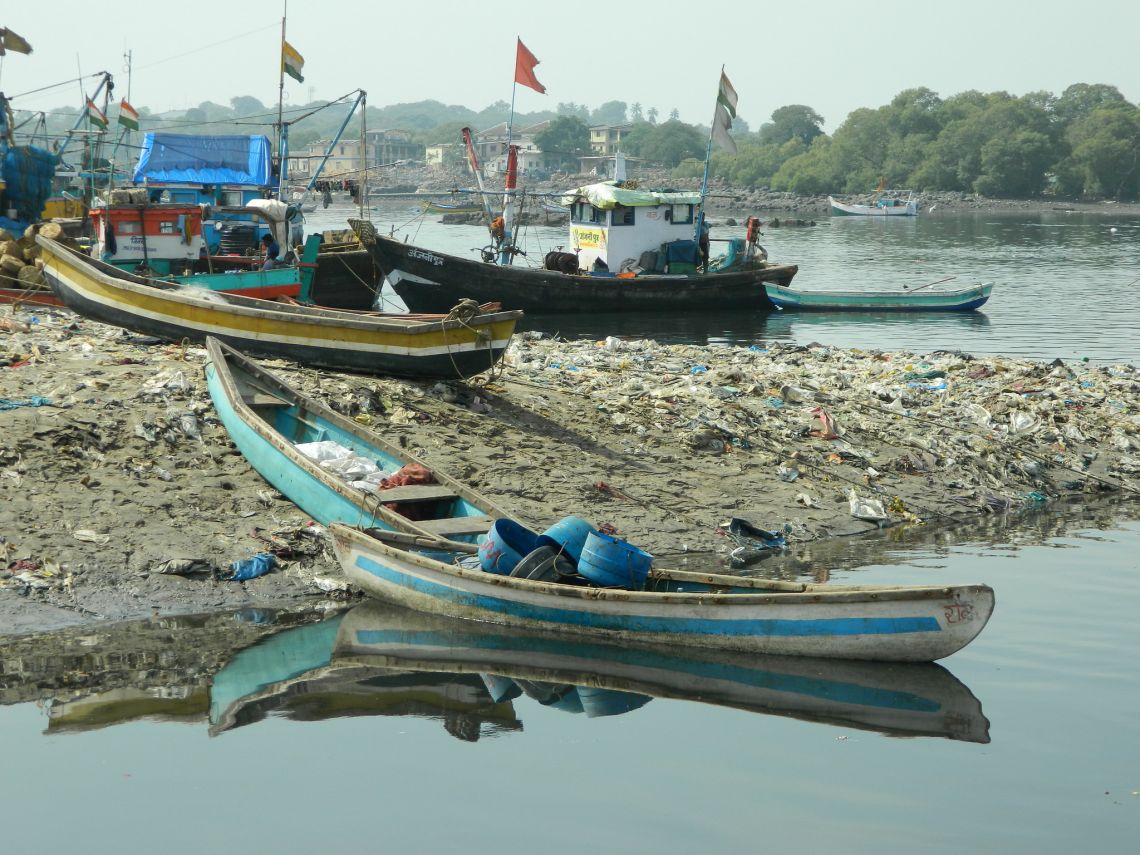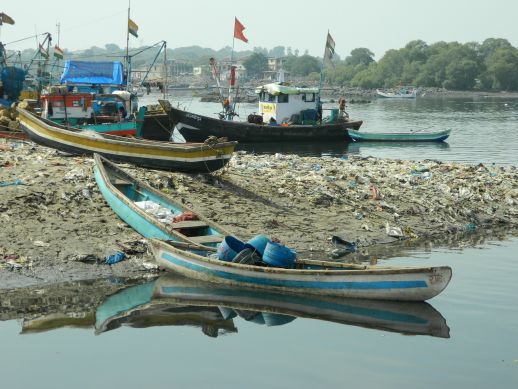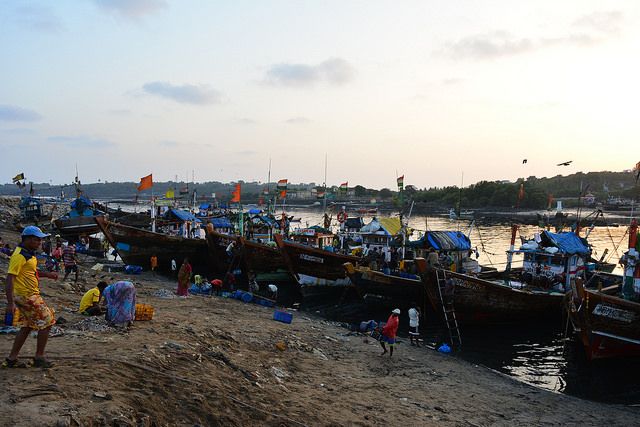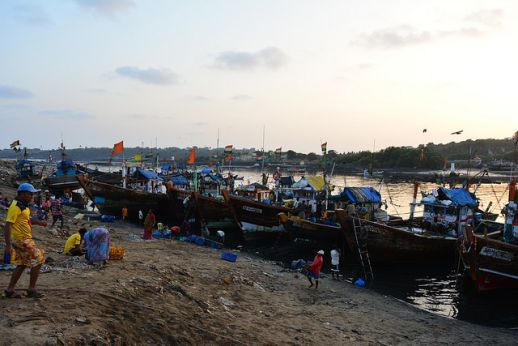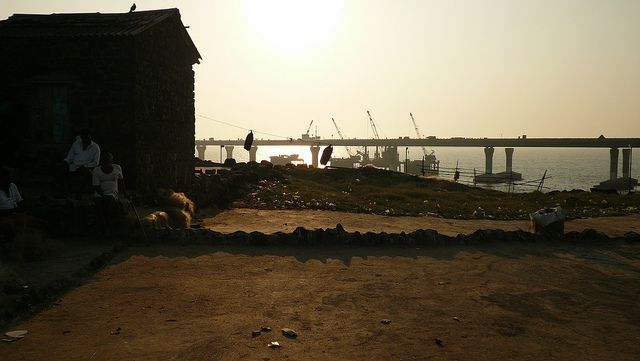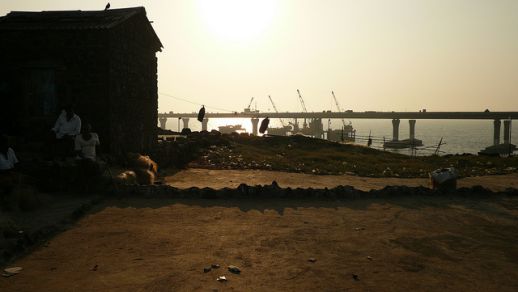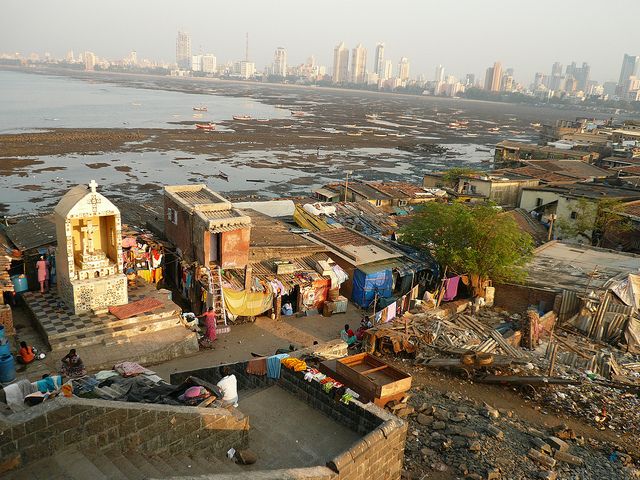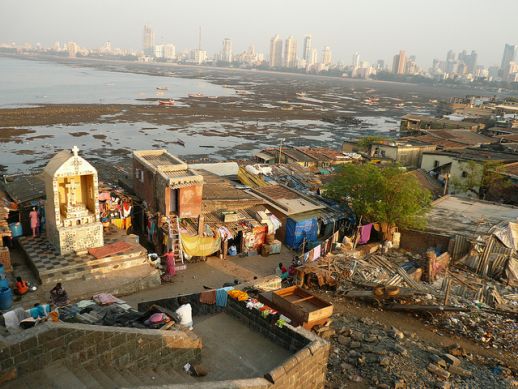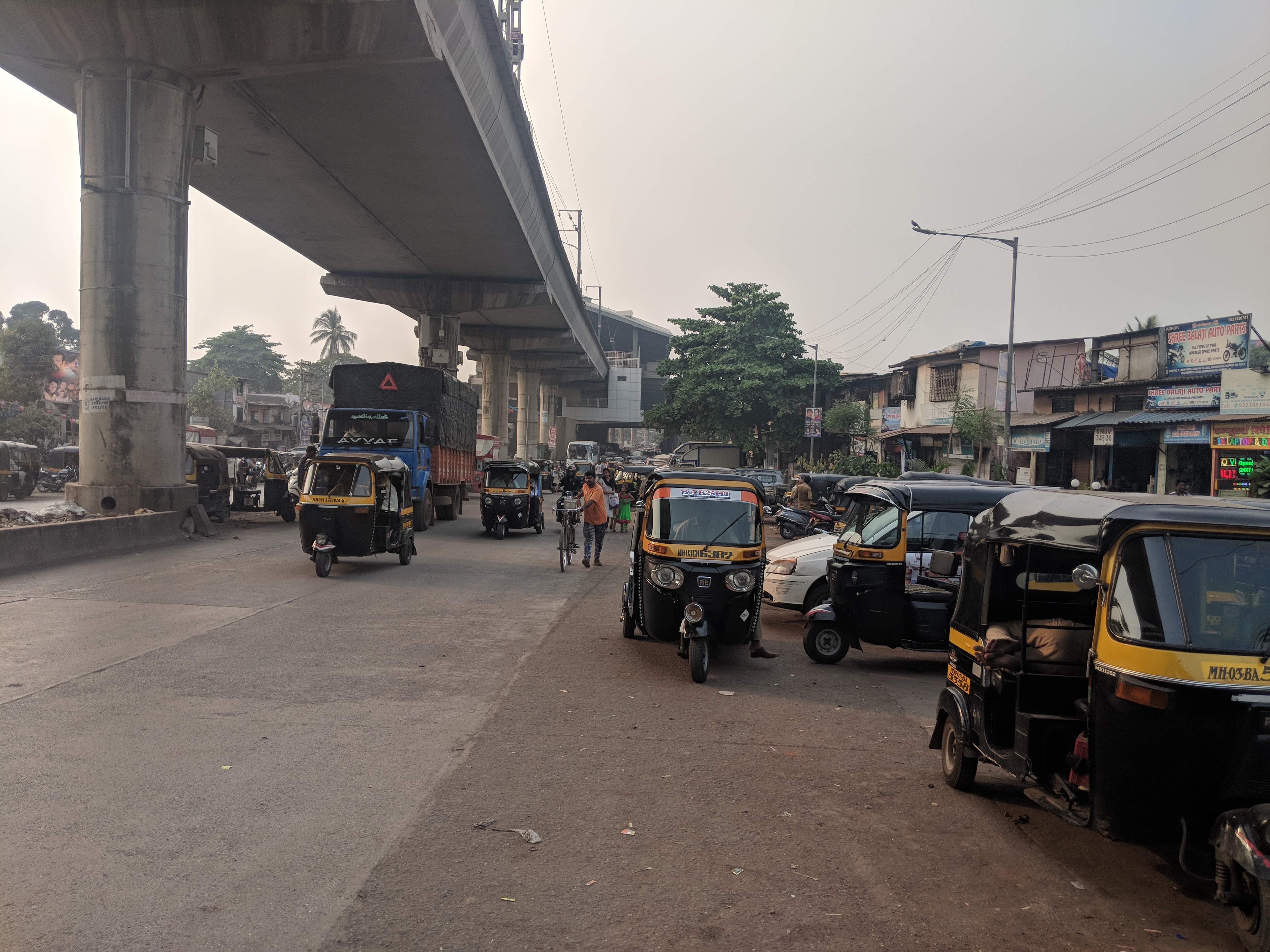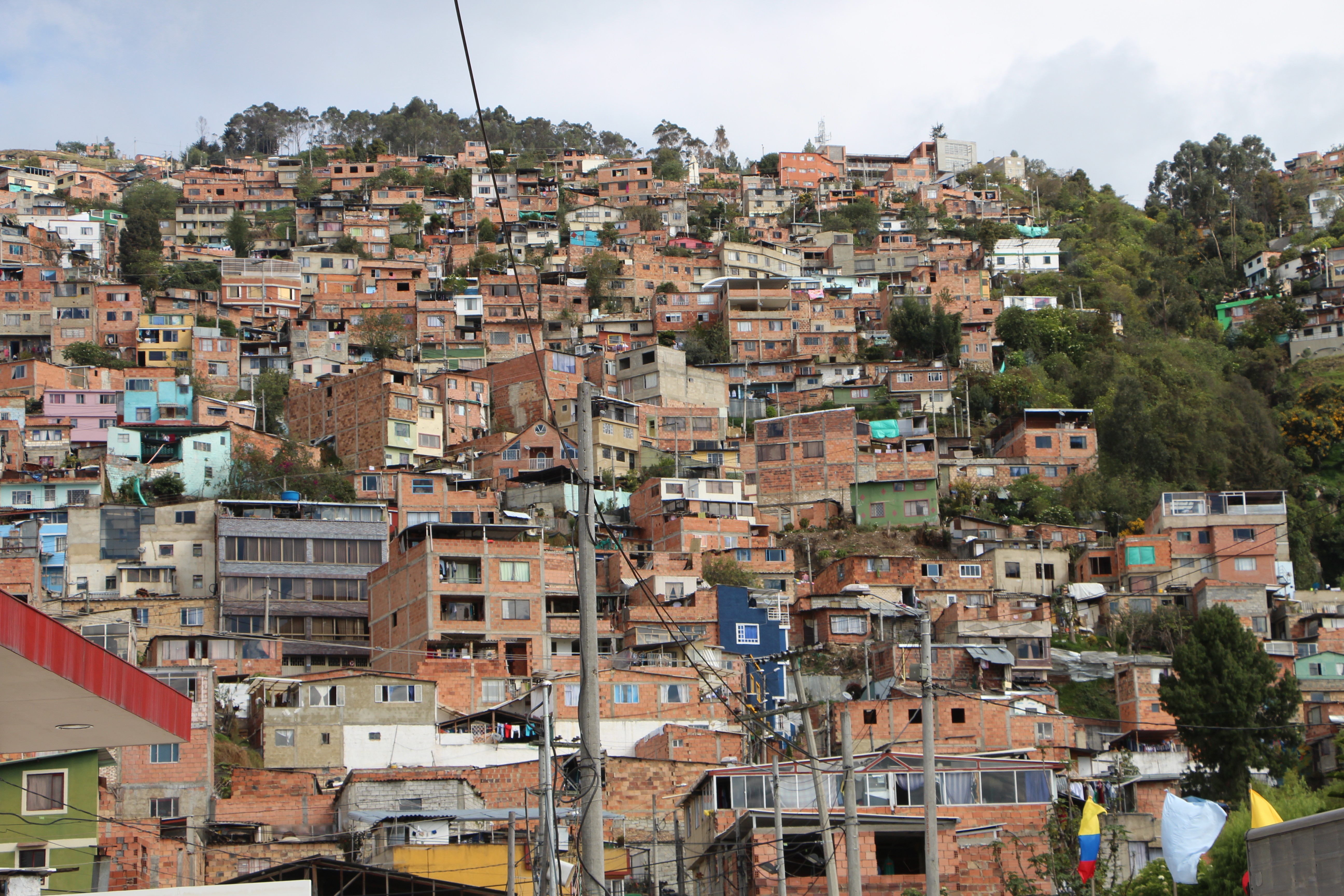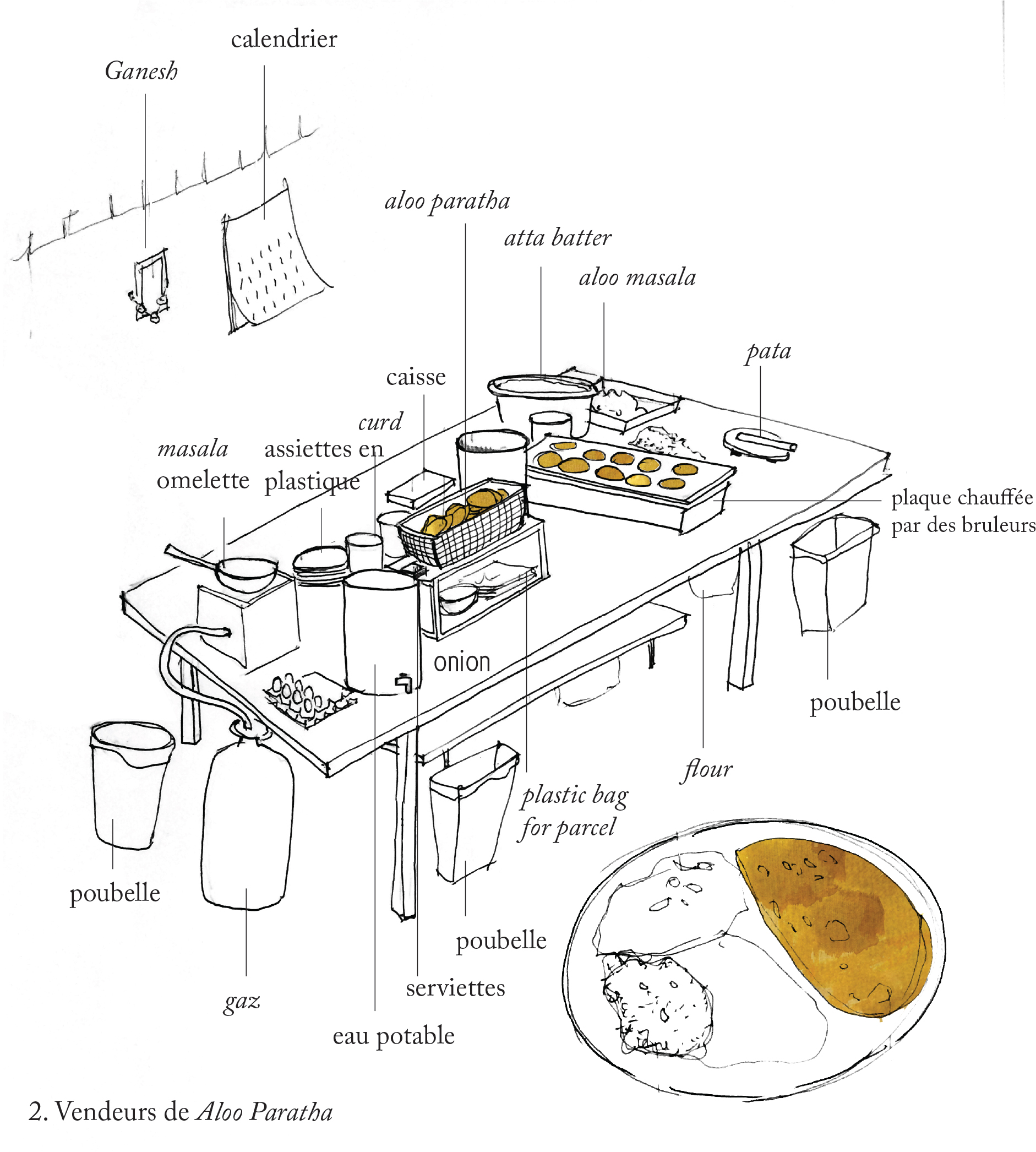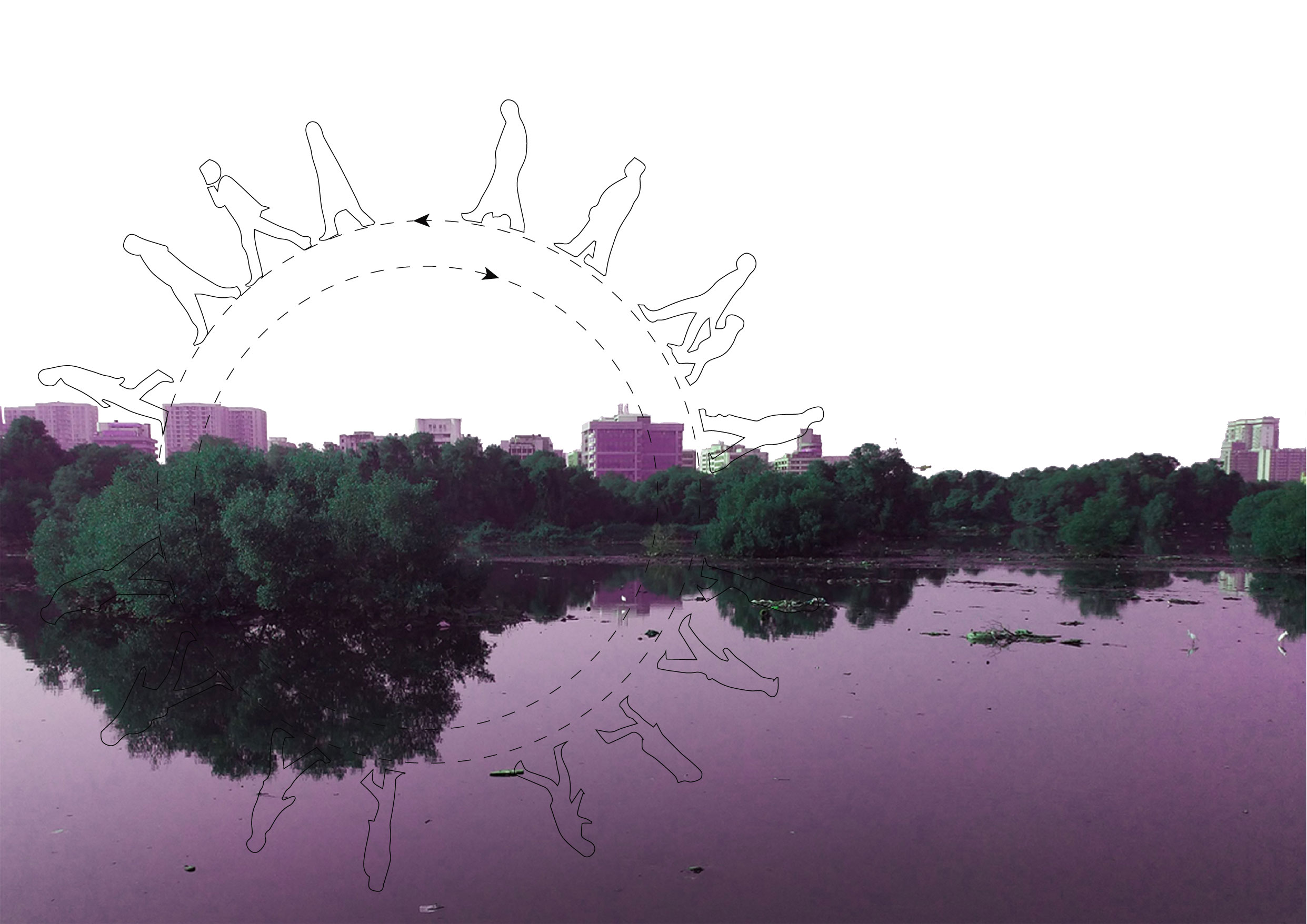How cities emerge from the relationship between land and water
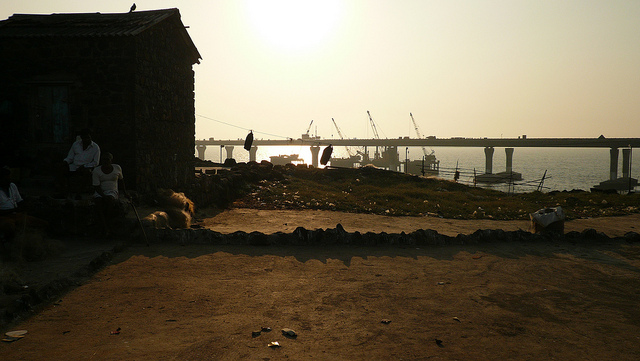
How cities emerge from the relationship between land and water
For anyone interested in urban issues and policies related to the environment, a focus on ground realities becomes more than a figure of speech. But what this ground means, literally or figuratively, is worth some thought.
In 2005, when the city of Mumbai was grounded with a severe cloud burst, it laid bare what designers/ scholars Dilip da Cunha and Anuradha Mathur pointed out — that the floods were a consequence of disregarding the way the monsoons are integral to the region in which the city is embedded. The actual foundations of the city were not what most imagined it to be — the physical terrain — but the water system in which it was embedded.
Mumbai’s urban identity is based on looking at the monsoons as an aberration. When in fact, it should be seen as the outer limit of the urban planning process, within which the physical forms need to fit in — not the other way round.
The estuary in which the city has grown has its own flows and pathways which always come alive for four to five months a year in the life-nourishing monsoon season. These should not be suppressed or built over. And if land audits of this speculation-fuelled city are impatient with these limits, with these channels and flows, then it has to bear the brunt of their concretised tunnel vision.
da Cunha’s latest book, The Invention of Rivers: Alexander’s Eye and Ganga’s Descent, constitutes a long series of creative provocations with practical implications. It pushes for design and policy interventions in the realm of water-land relations by showing how cities are never really located “on land” in the way maps and visual representations usually portray them, but in a multi-dimensional ecosystem in which water, land, its inhabitants, and air, make up wholes that cannot really be audited into separate units.
Cyclical, flowing force
The reduction of water as a life-giving, cyclical, flowing force into its simple visual representation of a line, or a channel, is at the root of several one-dimensional ways in which cities have learned to disregard a fundamental aspect of their existence — that they are not “built on land”. They emerge from the relationship that land and water share. The argument complements the learnings of many urban practitioners: that the basic units of urban planning, thanks to a focus on water as being intrinsic to space, have to always be immediate and connect to the local. There is really no escaping that. All habitats are made up of the sounds of water, as they flow in and out of people, kitchens, bathrooms and sewers. From space stations on the edge of gravity to pipes hidden in expensive skyscrapers, gurgling sounds of water flows make up every living world’s subterranean constitution.
Of course, habitats occupy time and space — but they also occupy these flows. Invisibilising them or suppressing their movements results in the experience of the flood — a word which seems to be more and more infused with biblical imagery these days. Striking year after year, from region to region, attacking old and new territories, and often out of season.
The most important people on urban planning teams have to be those who know, manage, build and fix these moments where it matters the most, those who have their ears and hands to the watery ground, literally.
This, however, is far from reality. From contractors who build homes and structures for millions of people around the world to those who are still forced to manually clean sewers — the front-line warriors of lived habitats still remain at the bottom of the heap within the urban planner’s worldview.
And it’s not just that their skills are devalued. Their worldview itself and the enormous knowledge they embody, which can help produce more practical and geo-sensitive plans, remains far away from the grand designers of the master planner.
This article was first published in The Hindu Sunday Magazine on January 20th, 2019
